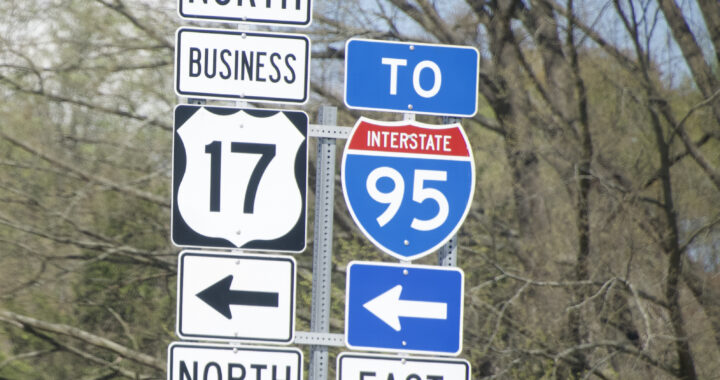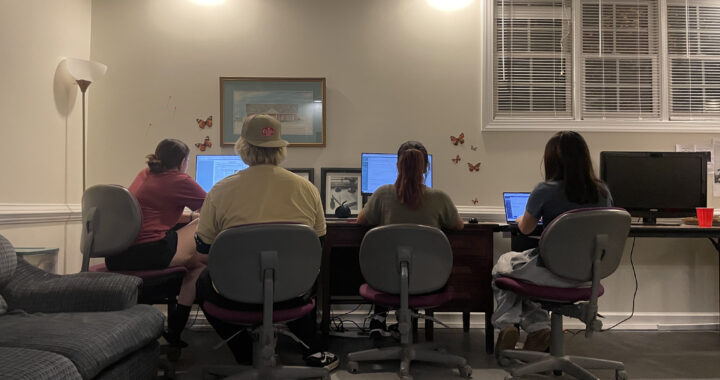Decline in clown jobs brings happiness to all haunted by them
4 min readBy COLEMAN HOPKINS
The economic downturn, combined with the fact that most clowns are older men and women, seems to suggest a lack of clowns is imminent. However, the disappearance of clowns may not be considered such a bad thing in all sectors of society.
In fact, depending on one’s feelings about clowns, a looming shortage of them could actually be a very good thing. Clowns have passed with unacceptable and disturbing behavior while masked as wholesome fun for years, and their downturn marks an end to their sick “humor.”
Perhaps the most common type of clown is the “whiteface clown” that originated in 1801. Credited to Joseph Grimaldi, these depressed or manic looking fellows are distinguishable by their painted white face, red nose, lipstick, thick eyebrows, red triangles on their cheeks and very extravagant attire that borders on the grotesque.
Their bizarre and frightening appearance is topped only by their over-the-top slapstick antics. In the present day, they are synonymous with children’s parties and are usually antagonists in various horror movies, such as Stephen King’s “It.”
The other famous version of clowns are the Auguste clowns. Similar to their whiteface counterparts, these clowns wear less makeup and look for a more realistic and natural appearance, utilizing flesh-like makeup. Their face features are sharper than the whiteface and have a cartoonish appearance.
They are most commonly seen in circuses.
Most clowns specialize today in a series of variations of the classic American model, a hobo clown.
The general gags include jokes related to hard luck or economic stance, which is bleak (and is immensely ironic given their current state of affairs). Birthday parties for pre-adolescents are where the majority of clowns make their living. On the circus end, clowns continue to walk tightropes and taunt lions.
While it seems like society still has plenty of use for these age-old performers, this is a misconception. The majority of clowns are older and retiring, yet they are not being replaced, largely because there is no demand. A recent piece by the New York Daily News points to the issue of attrition.
An interview with the World Clown Organization’s head touched on the issue of engaging the young and inspiring them into life as a clown.
“The challenge is getting younger people involved in clowning,” said Association President Deanna (Dee Dee) Hartmier, who said most of her members are over 40.
This touches on another issue that professional clowns do not often grasp: their appeal is nonexistent in this generation for reasons unrelated to the economy. It is because they are creepy and downright terrifying.
To a young person like myself, there is nothing more wrong than seeing a man or woman coated in makeup, and acting strangely, trying to force you to laugh; it is not right naturally or morally.
The fact that the majority of clowns are in or approaching their twilight years is indicative of the problem facing the clown community: very strange older people want to be clowns and the rest of the population has wised up to it, which explains the lack of interest in becoming a clown.
In fact, the World Clown Organization shrunk from around 3,500 members to 2,500 in only a decade, a loss of nearly 30 percent. If any other large trade union suffered a loss like that it would be catastrophic.
Moreover, the aforementioned article reveals a darker side to clowns that is pervasive and common to all clowns: they are the losers, creeps, freakazoids, and more or less the low end of society.
The New York Daily News’ article stated that quoted Clowns of America International President Glen Kohlberger, who stated, “The older clowns are passing away…what happens is they go on to high school and college and clowning isn’t cool anymore,” he said. “Clowning is then put on the back burner until their late 40s and early 50s.”
Personally, I do not find clowns funny, regardless of their age, but the idea of old clowns sickens and disturbs me profoundly. In fact, I am almost certain that the concept of old clowns being near kids is the plot of no less than a dozen Sci-Fi channel horror movies.
While the loss of such an ancient and storied art might seem troubling to some, the prospect of putting clowning behind us as a society is one of the few truly great things present this year. If clowning is on the decline, let it die.
The memories of going to the fair or the circus as a kid and seeing these waxy looking fiends trying to make children laugh haunts me to this day. While their history is rich and storied, they, as people, are poor performers, and their shrinking popularity is dooming them.
Thankfully, the receding demographics of clowns shines a bright light on the future, a future free of clowns and their disturbing brand of “comedy.” As a child, I a waited news like this for years, as I had too many bad experiences with these sickos to count.
Finally, after hearing of this, I can only wish a quick end to this perverse and twisted craft. While my generation was cursed to grow up with these monsters, it appears that soon, future generations will not.












